These Seven Species are considered special and holy and there are unique blessings for each species! Just as the vine and the olive, the fig is regarded as one of the staples of life and it is considered to be symbol of abundance and prosperity. WHEN ARE THE SEVEN SPECIES EATEN? The species are most traditionally consumed on Tu Bishvat - the Jewish "New Year for Trees" which is usually taking place on the 15th of the Hebrew month of Shevat that often takes place in January or February. In modern Israel trees are planted in celebration on this day. The species are also eaten on Sukkot, the "Feast of Tabernacles, an agricultural festival that originally was considered a thanksgiving for the fruit harvest, and on Shavuot, the "Festival of Weeks" that is associated with the grain harvest. THE FIG IN THE BIBLE The fig is mentioned in Genesis in the story of Adam and Eve. After eating fruit from the Tree of Knowledge in the Garden of Eden, which they had been commanded not to do by God.... 'the eyes of them both were opened, and they knew that they were naked and they sewed fig-leaves together..' thereby clothing themselves with fig leaves. In most Western art the forbidden fruit is depicted as an apple hanging on an apple tree, however the religious scholars debate that the fruit was rather a fig from a fig tree. In the Michaelangelo painting from the Sixtine Chapel in Rome, the tree is depicted as a fig tree. THE FIG SYMBOL IN MYTHOLOGY & ART In Greek & Roman mythology figs have been associated with Dionysus (Bacchus/god of wine & song) and Priapusin (a satyr) symbolizing sexual desire. The figs connection with sexuality is closely connected to its featuring in creation stories and its symbolism to fertility & fruitfulness. The Romans used the fig-symbol to express a sign of fruitfulness-blessing and as a symbol to ward off curses and to protect from the evil eye by showing a 'mano fico' (fig-hand). Because they associated the fig with female fertility and eroticism they used the gesture against the evil eye. The Hamsa Hand is also an amulet that is believed to wards off negative and evil spirits as well as to protect against the evil eye, you can read more about these on my blog. The Romans believed that the obscenity of the sexually related hand gesture would be a distraction to evil, and that demons would flee or be repelled by the sight of the gesture reflecting sex and reproduction. This hand gesture is however highly offensive today in many cultures. THE FIG - AN HONORABLE PRIZE WITH HEALTH BENEFITS! The early Greeks valued the figs, and used figs (the leafs/foliage and the actual fruits of the fig tree) as an honourable prize to present winners with, of different competitions. The fig was prized and thought of as a rich, delicious food, as well as a medicine. Dioscorides, The Greek herbalist devoted 3 chapters of Book I of the De Materia Medica solely to figs (I. 183–186.) The fig had a good reputation among herbalists in medieval times. Consuming the fig fruit was thought beneficial to the throat and lungs, it removed toxins from the kidney and could counteract poisons and reduce inflammations and much more. THE FIG LEAF CAMPAIGN AND MODESTY IN ART Greek and roman classical statues that depicted heroic nudes and naked bodies continued to be appreciated during the late empire, yet with the rise of Christianity and the influence of the church, the nudes of the classical antiquity began to symbolize a "pagan" past and idolatry, within medieval Europe and the Byzantine Empire. Nudity began to play a lesser role than before. Centuries later during the Renaissance, artists were again captivated by the ideal ancient forms and they began to revive classical values, restoring the nude figure as a symbol of beauty and ideal. The artists began to fill palazzi with frescoes and nude statues. As the Italian catholic church grew stronger, religious forces began to resist the freedoms taken by artists. And the 'fig-leaf campaign' was born. The Vatican began ordering reforms which included censorship of nudity in art. To deal with 'the problem', statues were covered with fig leaves and paintings had leafs or cloths added on the nude parts of the bodies. The great Renaissance artist Michaelangelo's painting in the Sistine Chapel in the Vatican 'The Last Judgement' (1533-41) was not spared and was nude areas were painted over with loincloths, twice in the 1500s, and then again in the 1700s. The last many years much restoration work has been made in an attempt to restore paintings and sculptures, including on the Last Judgement were many loincloths have been removed. You can read more about the symbols i use in my art on on my website blog such as articles about the Hamsa Hand, The Eye, The Fish, The Dove, The Eagle, The Double-Headed Eagle, The Tree of Life, The Chai, The Pomegranate, The Hebrew Letters and more!
Feel free to write to me through my website if you have any questions or elements you're curious about.
0 Comments
Leave a Reply. |
MAY-BELL
|
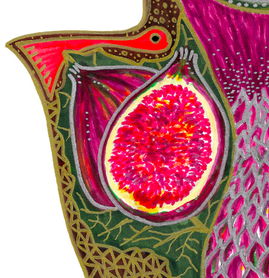
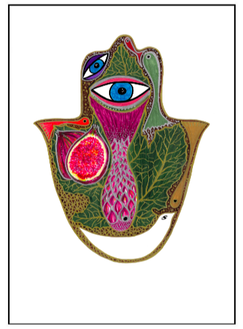
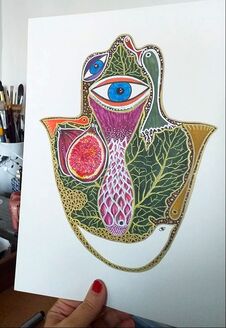
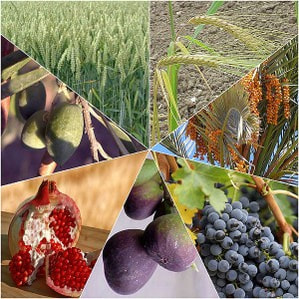
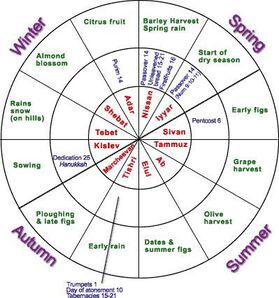
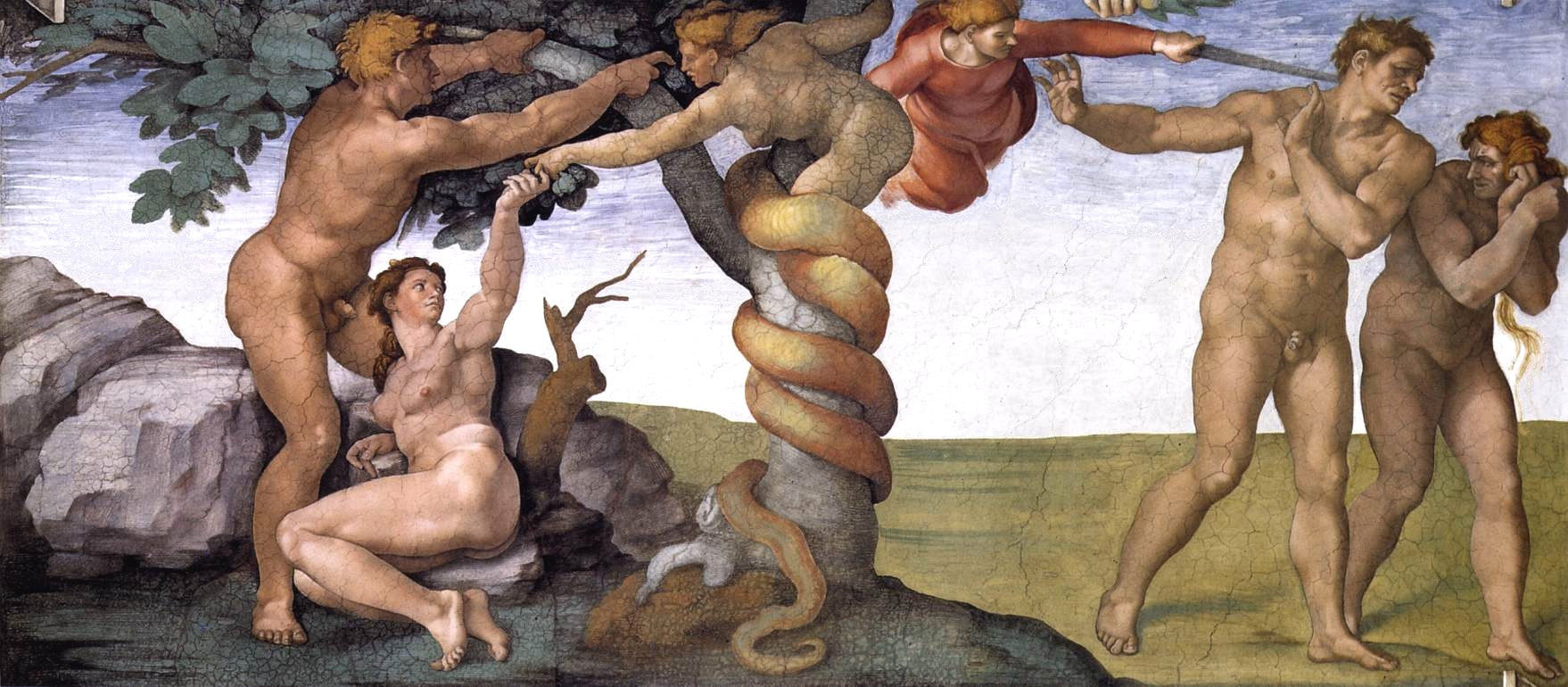
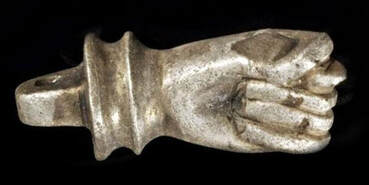
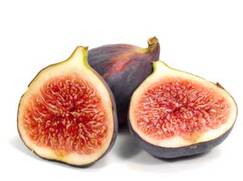

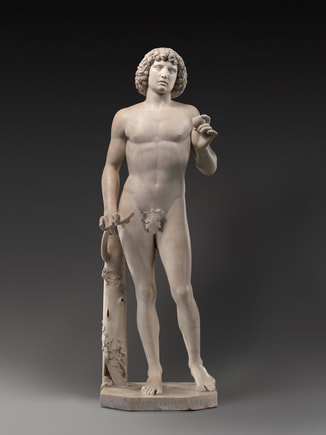
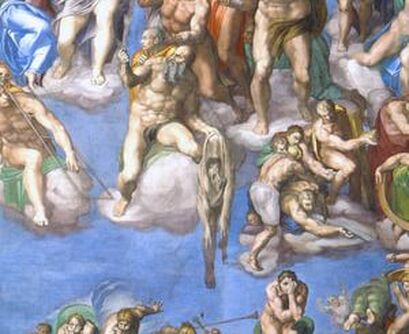

 RSS Feed
RSS Feed
